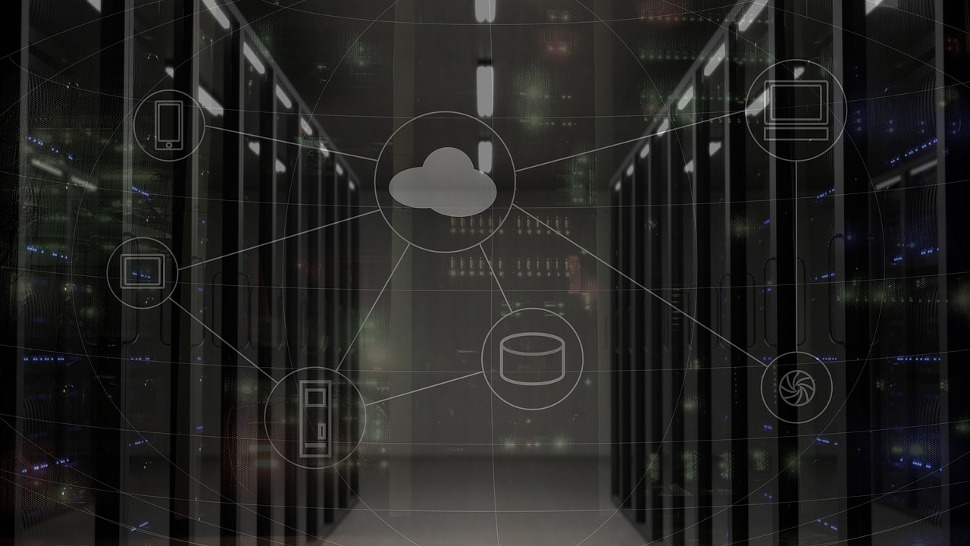Edge computing today, tomorrow and into the future
What exactly is edge computing?

The question has often been asked: What is edge computing?
It is the logical evolution of continued decentralization of the current super structure called the internet. It is the further addition of internet density in filling out areas that traditionally have had little to no IP signaling to bring the virtual world to life in our everyday interactions. It takes a vast array of paths, development and infrastructure to make it work.
The possibilities of edge computing are infinite. Our world will one day be monitored, controlled and optimized for the instantaneous comfort and knowledge for the new world edge computing will deliver. The initial impact the internet had on culture, commerce and technology has been revolutionary. The edge transcendence will be almost indescribable. Initiating the journey to the life only seen in science fiction films with its robotics and artificial intelligence surrounding and aiding our every move. Applications that haven’t even been invented yet will be some of the greatest gifts to mankind's developmental potential.
- Check out our list of the best cloud storage services around
- Here's our list of the best cloud hosting on the market
- We've built a list of the best cloud backup services right now
Mike Anderson is Marketing & Alliances Consultant at EdgeMicro
How does edge computing work?
The decentralized processing power of edge computing takes an infinitely complex aggregate framework to fully become a reality. Like the early American expansion West, the physical paths and buildings must be in place for the information to come to life and move in a way that can be seen. This takes aggregating sublayers of compute power in the smaller decentralized areas that can complete round-trip decision making instantaneously. This is the basis for edge computing.
Inside these edge compute layers are the infrastructure stacks that can look almost nothing like traditional clouds. Servers, networking and storage that will power the applications making those instant decisions are in many cases thin shells of their super-powered cousins back in the giant clouds. The orchestration software on top of these converged compute models will be able to elastically move the processing of applications and data organically with little or no human intervention. Multiple computational models hosted inside these aggregate edge computing layers will be interconnected in nesting AI ecosystems that will make instantaneous decisions for remote workloads that will have enormous effects on our life.
How edge computing fits into daily life
Edge computing will bring virtual experiences only imagined until now to life. Autonomous driving, like in the movie "iRobot,” generally comes to mind for human convenience. The immersive experience of augmented and virtual reality displays things that will put unimagined details of your physical environment into your field of view for safety, comfort and convenience.
Behind the scenes, edge computing will augment decision making for massive supply chains by creating more automation. For example, shipping information from a FedEx plane will automatically download its cargo list as it lands before the cargo is ever offloaded. This process will make for quicker information dissemination of where packages are.
Are you a pro? Subscribe to our newsletter
Sign up to the TechRadar Pro newsletter to get all the top news, opinion, features and guidance your business needs to succeed!
Edge computing and the future
Reality check, we’re not completely there yet. But the script is being written and the pieces are being built in our everyday environments. It takes a village to build out the edge computing model from network transport, to edge colocation, specific compute builds, and all sort of current and yet unimagined software applications. This will bring the reality of many technologies only imagined to date to life.
What is your definition of edge computing? It depends on what your part is in this new and emerging ecosystem. But there will be no escaping this inevitable revolution that will evolve the fabric of our everyday life.
- Here's our list of the best cloud computing services right now
Mike Anderson has been in technology consulting and business development for the last 22 years. He has a successful track record at leading early stage startups to profitability through expert execution of marketing and sales campaigns that generate leads consistently into business for verticals such as technology, SaaS and outsourcing companies.